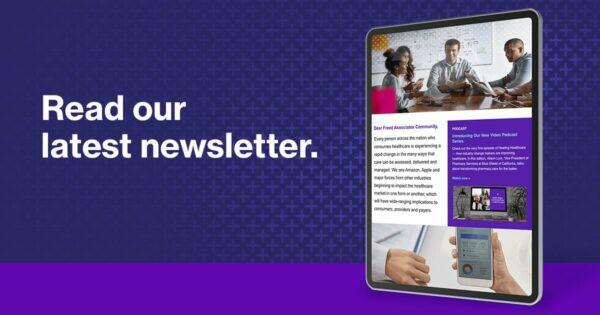Revenue Integrity Initiative Drives Significant Financial Improvements
A major health system’s Revenue Integrity department faced widespread issues, staffing shortages, and revenue leakage. Lacking a clear roadmap, the department struggled to meet other teams’ needs, leading to lost confidence and an urgent need for improvement planning.

Problem to Solve
Over the last several years, health systems have implemented revenue integrity (RI) initiatives to sharpen their focus on maximizing revenue and minimizing revenue leakage. Some are standalone programs while others are newly formed RI departments.
Revenue leakage occurs when revenue is not captured for provided services. Common examples of revenue leakage can include errors and/or omissions in pricing and charge description master (CDM) records, as well as partial charges for procedures and incorrect information on time-based procedures.
Due to several systemic enterprise-wide issues and a lack of staffing, a major health care system’s revenue integrity (RI) department was struggling with revenue leakage. Overall, leakages were related to:
- Personnel – Lack of RI governance and organizational structure; missing management layer; inadequate staffing levels
- Processes – Insufficient identification of RI process improvement opportunities; lack of visibility into identifying/resolving charge capture issues; large percentage and dollar backlog of unresolved claim edit errors
- Technology – Outdated technologies/applications to effectively manage the health care system’s CDM
- Information – Lack of visibility into RI performance metrics; high number of edit errors
The RI department did not have a roadmap and plan to address these challenges and determine improvement goals. Other departments were losing confidence in the RI department because their needs were not being met. The health care system asked Freed Associates (Freed) to work with the RI department on resolving the revenue leakage issues.
Strategy and Tactics
In order to reduce revenue leakage, the RI department needed a strategic way to stabilize department operations and lead it toward achieving its revenue integrity goals. Freed consultants worked with RI personnel on a comprehensive discovery, assessment and planning process.
Discovery activities included completing more than two dozen interviews with revenue integrity department staff members, key stakeholders and clinical department leads to identify key issues and opportunities for improvement. Additionally, Freed analyzed more than 40,000 CDM records and 700 CDM change requests, as well as RI operational reports and roles, responsibilities and processes.
Based on this discovery information, Freed and the RI department identified and documented major findings. Findings were categorized into three primary domains (people, processes or technology), and became the basis for recommended actions. Recommendations included a comparison of the current state organization structure with industry trends and were linked to RI best practices.
An action plan was created that mapped and prioritized each recommendation to a major initiative and functional area (e.g., edits, charge capture, CDM, etc.). This included identifying any initiative dependencies, creating a recommended schedule for remediation and developing three alternate staffing models that addressed the client’s ongoing staffing needs. The client agreed with the recommendations and quickly began adopting and implementing changes.
Results
Through this initiative, our client achieved the following:
- 55 improvement recommendations.. This included multiple charge capture, encounter billing error worklist and CDM enhancements.
- 10 “quick win” activities. Benefits were realized with minimal effort (less than 40 hours per activity), such as starting an RI issues log on SharePoint and routing patient billing complaints to the risk management department.
- A future state RI department organization model. This included a new middle management layer, additional staff positions and a structure focused on full-service delivery to specific clinical departments (e.g. lab, pharmacy, surgery, etc.). The client expects to recoup the costs of these changes through its RI improvements.
- An RI department annual roadmap and plan. The organization now has more than 20 ongoing RI initiatives, which are expected to increase revenue, improve cash flow, capture previously uncaptured charges, and reduce error rates.
Conclusion
The client now has a comprehensive strategic RI department improvement roadmap that crosses all domains (processes, people and technology) and functional areas (error handling, CDM, charge capture, quality assurance and data/analytics). The alignment with industry best practices, appropriate staffing and clarity on roles and responsibilities has prepared this client to address its current and future needs.

